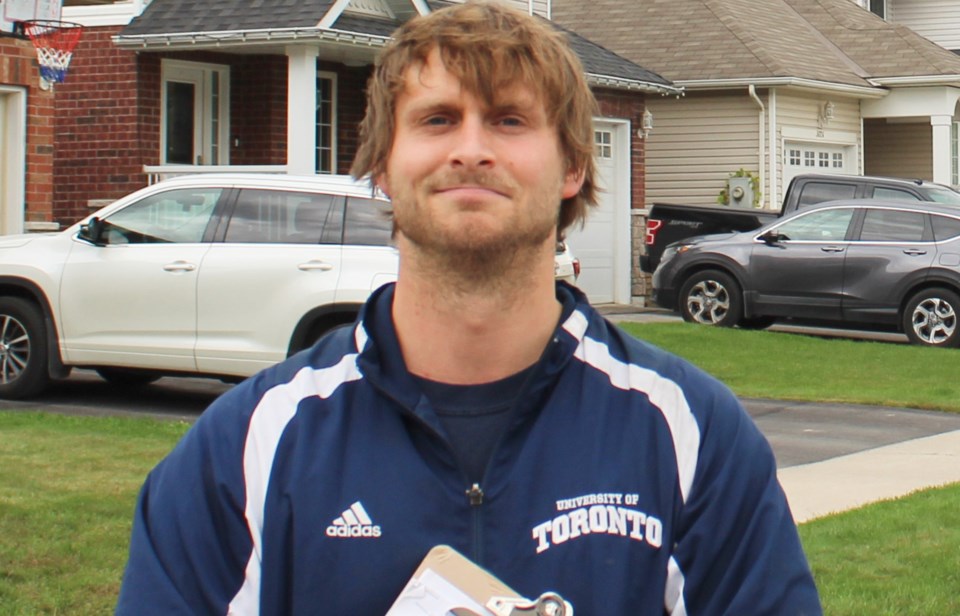Simcoe County councillors discussed homelessness on Tuesday and how to best address an issue that's affecting municipalities across the region.
Councillors approved, in principle, the county’s homelessness prevention funding allocation at the committee of the whole meeting, but it wasn’t without some questions about how and why funds are directed the way they are.
According to a staff report, the county — which provides leadership to local homelessness prevention community planning and funds numerous related programs and services — has annual system funding totalling $18,793,941, an amount made up of long-standing federal, provincial and municipal contributions.
Through both Reaching Home and Homelessness Prevention Program funding, a portion of these funds (about $3.7 million and $8.4 million, respectively) is allocated to approximately 35 service providers around the region for the delivery of homelessness prevention services.
The recommended allocations for both programs can be accommodated within the 2023 federal and provincial allocations and the 2023 county budget, county officials explained in the report.
Orillia Coun. Jay Fallis questioned why Orillia’s stream isn’t more significant, given the size of the municipality compared to others, pointing to funds allocated to region-wide outreach programs. Both Orillia and Midland are allocated $70,000 apiece from the county for outreach programs.
“Midland is half our size … That’s not to say that the money isn’t warranted to Midland … but do we require more for Orillia to offset some of the costs we are incurring for servicing a bigger population,” said Fallis.
Lora D’Ambrosio, the county’s manager of community services, said information used to collect and guide the allocation per region is varied.
“It is not just the point-in-time enumeration count, but we also use Homeless Individuals and Families Information System (HIFIS), which is our information system, to determine the numbers being served in each of the regions. We also have information that comes in around outreach data. The allocations are based on the needs in the community, enumeration, HIFIS, and a number of other factors,” she said.
D’Ambrosio added there are plans to further discuss what is occurring in the Orillia area around outreach services.
“(We) have conducted a homelessness system review and, by April, a report will come to council … (where) there is a recommendation to review different sectors of our funding — outreach being one of them — so that it can help inform and guide our decisions for upcoming funding. Certainly, we would continue to monitor that through the year as well,” she said.
She added, for this year, the county looked at the realignment of funding, noting allocations in the report are based on a number of factors, including data received from shelter providers, but that county staff recognize there is more assessment being done in the area of outreach needs.
“That’s a critical piece, especially since the peak of the pandemic. The services that are required through outreach are significant, and we will continue to monitor (that), but for this year, the allocations are proportional to the data that we have,” she said.
“All of us have seen a larger uptick in homelessness in our community. We try to disperse that funding and it’s all based on data, and that’s what we have to make decisions based on so we can deal with homelessness in the county,” added Bradford West Gwillimbury Mayor James Leduc, who is chair of the human services committee.
The ultimate way to prevent homelessness, added Fallis, is affordable housing and trying to stop it before it becomes a chronic problem.
“That is where we can make a big difference before we even get to this point. If we invest in affordable housing, it reduces the need for this type of service. They’re still required, but it can really alleviate a lot of those challenges,” he said.
